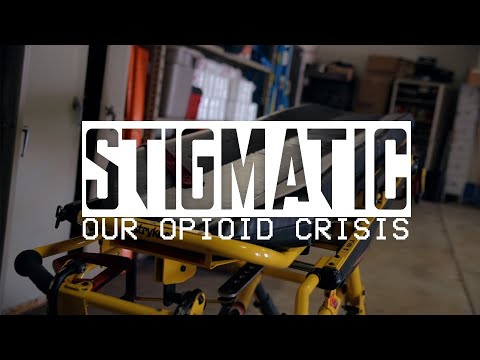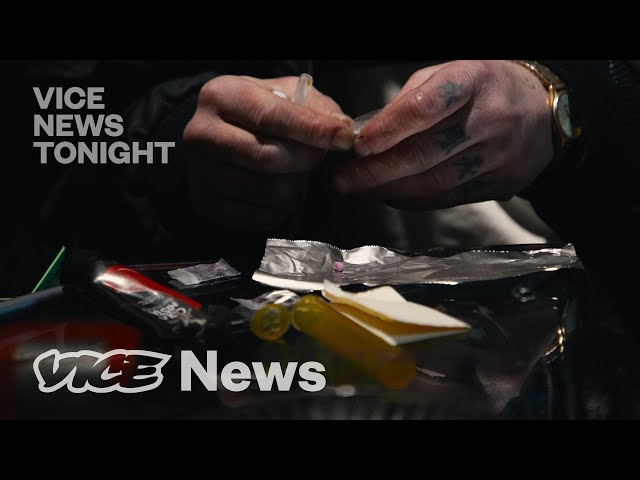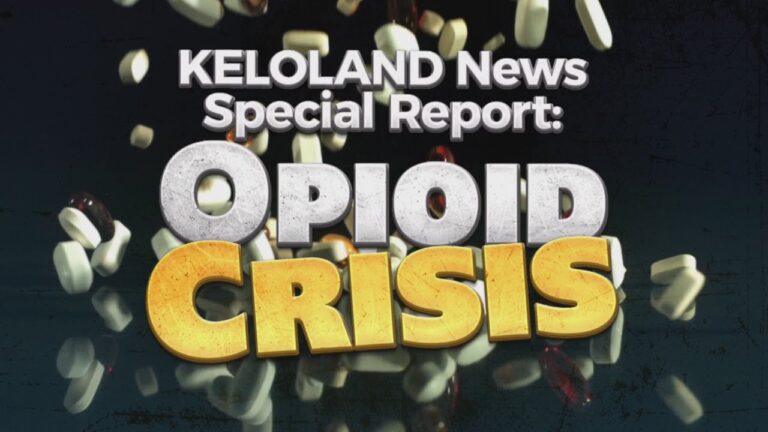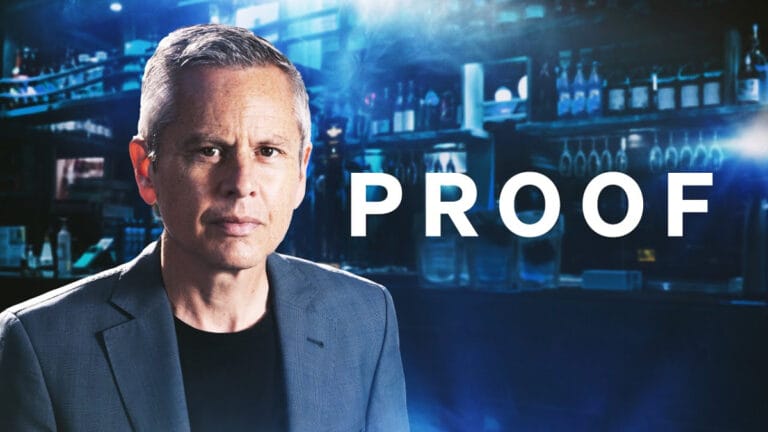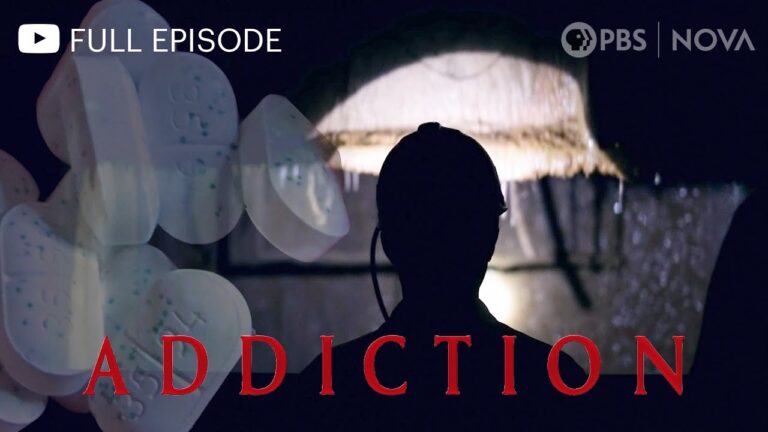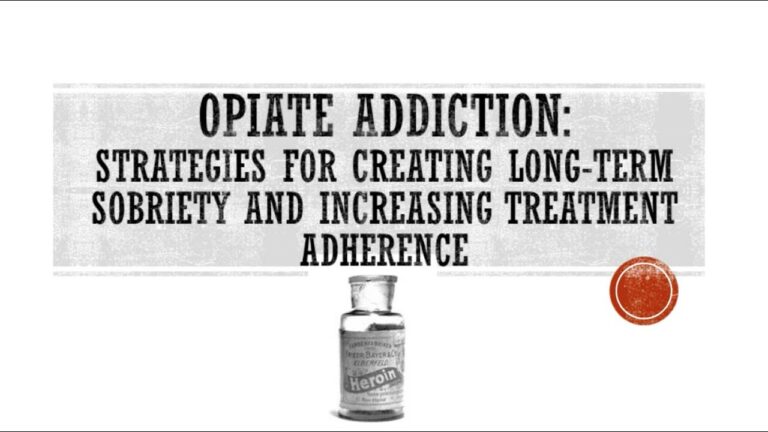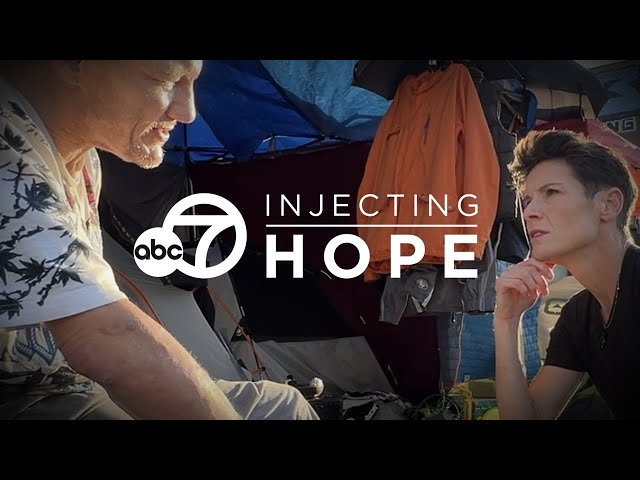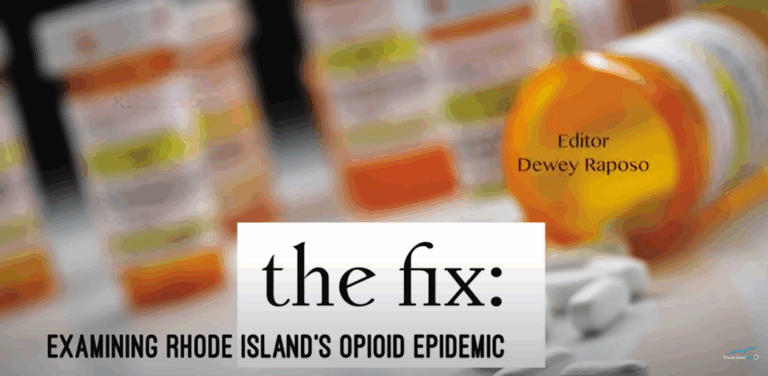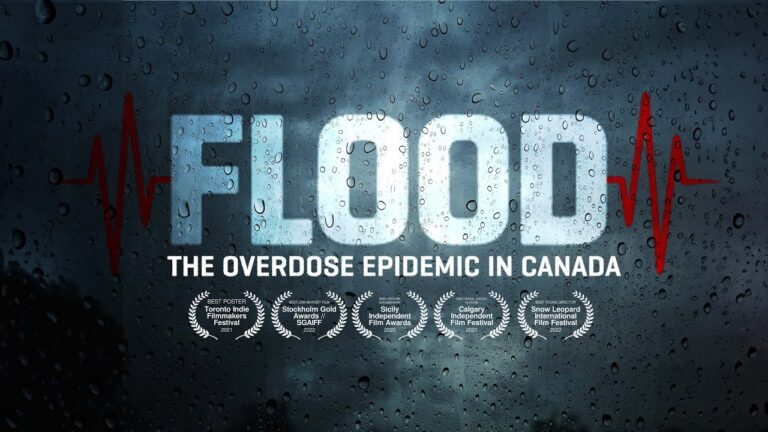Introduction
Using an opioid for a pain relief drug has a long history in New York City, where they were introduced as unregulated medicine: doctors began prescribing morphine pills to housewives in the 1880s. Journalist Christopher Booker uncovers New York’s history with opioids – from plant-based morphine, opium and heroin to lab-produced drugs like fentanyl – in a half-hour film about drug addiction, medical treatment, and drug criminalization over the course of decades. [Taken from YT description]
Watch Now!
Quotes
“Opioid addiction has been a complex and persistent part of New York City since the Civil War. The city’s long history with opioids is a story of brutal and stubborn resilience that sits upon an intractable number of victims and survivors. Each layer has left a complicated portrait of supply and demand and a broad snapshot of the social, economic, and public health impacts from a drug that the city has never been able to kick.”
“As always, with every kind of drug scare in the US, there seems to be a racial angle to it. Smoking opium was associated with Chinese immigrants. And there are all kinds of media stories or exposes about opium dens in New York City, though one of the narratives is that these are places where Chinese immigrant opium smokers would attract white women and get them enslaved to opium. This idea that white women were getting lured into opium dens where they might become sexually available to non-white men was the stuff of nightmares for the self-appointed leaders of the white race.”
“It becomes so much more dangerous to be a drug user in New York City, overdoses are already a common feature of life as a drug user. But after heroin, it’s so much more powerful. It’s so easy to miscalculate a dose that overdoses escalate even more.”
“In the early 1980s, historian David Courtwright and public health professors, Don Des Jarlais and Herman Joseph, conducted a series of interviews with opioid users like Leroy Street, who was a teenager when he started using. Leroy Street was using during a period of transition, as the federal government began cracking down on narcotics and the country was moving toward prohibition of alcohol. The early wave of restrictions that started in 1909 were followed in 1914 by the Harrison Act, which was the first federal attempt to curb addiction. By 1924, heroin was prohibited entirely.”
“Under the commissioner of the Federal Bureau of Narcotics, Harry Anslinger, the US government began stockpiling massive quantities of opium in the late 1930s. All opioid drugs are pulled off the streets out of illicit traffic and put in stockpiles, including at Fort Knox where the gold is kept, as strategic materials. Plus the fact that war itself disrupts international shipping and smuggling routes.”
“With heroin flowing into the city to a younger group of users, the jazz musicians whom they looked up to became the target of Harry Anslinger. Largely credited as the architect of the war on drugs, Anslinger relentlessly pursued everyone from Charlie Parker to Billie Holiday, and the press began writing about the dangers of this new younger heroin addict. Suddenly, the newspapers and the magazines are full of stories about 18 and 19-year-old heroin addicts. Only now, many of them are African American and Puerto Rican.”
“Whenever you have a shift toward a more restrictive policy, you have a problem. And the problem even has a name. These people are called legacy patients. What do you do with the patients who started off taking prescription opioids who became dependent, physiologically dependent on large quantities of these drugs? And now the medical establishment says, “Oh gosh, you know, we were wrong about that. You need to taper, or we need to be less liberal in prescribing these drugs.” As it happened 100 years ago, many moved from their prescription opioids to those available on the black market.”
“Even for a city with 160 years of experience, this fentanyl chapter is unlike anything the city has seen before. Fentanyl is a much more dangerous drug than heroin. It’s much, much easier to overdose on fentanyl. It’s much harder to treat fentanyl than it is to treat heroin addiction.”
Continue Learning
Hey there! I hope you found this resource useful! If you’re interested in learning more about some of the topics discussed, you can browse through these additional resources. Please don’t hesitate to contact me if you need help with anything else.
Fentanyl
- Detecting Fentanyl. Saving Lives.
- Fentanyl: America’s Grim New Opioid Addiction
- Fentanyl: One Pill Kills
- Fentanyl Accounts for A Majority of Fatal Overdoses. But ERs Aren’t Testing For It
- Fentanyl Facts (CDC)
- Fentanyl Plus Stimulants Drives ‘Fourth Wave’ of Overdose Epidemic in The U.S.
- How The Fentanyl Crisis’ Fourth Wave Has Hit Every Corner of the US
- Inside a Free Fentanyl and Heroin Clinic
- Responding to a Fentanyl Overdose: What California First Responders Need to Know
- Straight Talk: Street Fentanyl [PDF]
- The Impact of The Deadly Fentanyl ‘Plague’ On One American City
- Why Fentanyl Is So Incredibly Dangerous
Harm Reduction
- Do Supervised Consumption Sites Increase Crime? ‘The Answer To That Is A Flat No’
- Does Evidence Support Supervised Injection Sites?
- Fact Check: Dispelling Myths About Supervised Consumption Sites
- Harm Reduction: A B.C. Community Guide [PDF]
- Harm Reduction for Opioids: A Canadian Perspective
- Harm Reduction Practices in Communities
- How to Use Naloxone
- Indigenous Harm Reduction
- National Harm Reduction Coalition – Harm Reduction Truth
- Rapid Access Models for Substance Use Services [PDF]
- Why Safe Injection Sites Are Considered More Effective Than Needle Exchange Programs
Opioid Crisis
- Beyond Supply: How We Must Tackle the Opioid Epidemic [PDF]
- California’s Opioid Crisis
- Facts About Naltrexone [PDF]
- Fentanyl: America’s Grim New Opioid Addiction
- How America Got Hooked on Opioids
- How Good Intentions Contributed to Bad Outcomes [PDF]
- How the Government is Making the Opioid Crisis Worse
- Opioid Crisis: Addiction, Overprescription, and Insufficient Primary Prevention
- The Impact of the Deadly Fentanyl ‘Plague’ on One American City
- The Opioid Crisis in Canada: A National Perspective
- Understanding the Opioid Overdose Epidemic
- Unraveling the Start of the Opioid Crisis
- What Led to the Opioid Crisis – and How to Fix It
- Why Is There an Opioid Crisis?
Opioid Use Disorder
- 2-Minute Neuroscience: Opioids
- Drug Addiction: How Opioids Like Fentanyl Work
- How Do Opiates Affect the Nervous System?
- How Drugs Hijack Your Brain’s Mu Opioid Receptors
- Medications for Opioid Use Disorder
- Medications for Opioid Use Disorder
- Opiate Addiction | The Causes
- Opiate Addiction | The Signs
- Opiate Addiction | Why It’s So Intense
- Opiate Use Disorder or Opiate Addiction?
- Opioid Addiction (CAMH)
- Opioid Overdose (WHO)
- Opioid Use Disorder (NIH)
- Opioid Use Disorder: Medical Treatment Options
- Opioids & the Body: The Science of An Overdose
- Signs of Opioid Use Disorder
- Therapeutic Approaches to Opioid Use Disorder: What is the Current Standard of Care?
- This Is What Happens to Your Brain on Opioids
- Treatment of Opioid-Use Disorders
- What Causes Opioid Addiction, and Why Is It So Tough to Combat?
Share Your Opinion
If you have finished reviewing this resource and have some spare time, I would greatly appreciate it if you could provide your opinion. Was it useful and informative? Did you run into any problems or find something distasteful? I’m thankful for any constructive and helpful feedback to help me improve.
* Your review will be for this specific post and as a result will affect the star rating of the resource. All submissions are reviewed for approval to filter out spam and inappropriate comments. Your email is requested as I may want to follow-up with you. Please also be aware that your review may be placed publicly on this website for others to read.
There are no reviews yet. Be the first one to write one.
